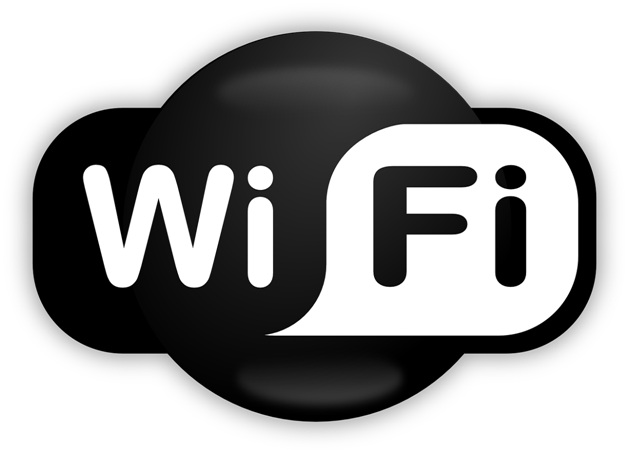Properly Set Up a Business Wi-Fi Network
Most modern businesses depend on wireless networks to facilitate communication within the organization. While this is a cost-effective and efficient way to transfer data, it may not be as effective if the setup process is not done correctly.
When installing your Wi-Fi system, you have to pay attention to several factors to ensure you get the most out of your wireless network without compromising your data safety or setting yourself up for system breakdowns. Read on for some useful tips to keep in mind.
Table of Contents
#1. Work with the right Wi-Fi installation company
If you run a small business, there is a low chance you have an in-house IT team with Wi-Fi installation in their repertoire. This means you have to outsource the services from an independent company. A good Wi-Fi installation company should be familiar with both the installation techniques and the various router options on the market. Established providers such as McKinstry Wireless have the right tools and know-how to set up a business Wi-Fi network with the business’s objectives and future expansion plans in mind.
#2. Choose the right cable
Even wireless networks aren’t entirely wireless. You need Ethernet cables to connect to a wide-area network, and your choice of a cable should be dictated by the kind of devices you have in your business. The three Ethernet cable options at your disposal are Cat5, Cat5e, Cat6, and Cat7. Cat5 is suitable for Fast Ethernet, while Cat5e supports 1GBps speeds. If you have any expansion plans in the foreseeable future, Cat6 and Cat7 may be more adaptable, but they are more expensive.
#3. Do not ignore speed
Understandably, higher speed routers will be more expensive upfront, but they are likely to be cheaper in the long run, especially if your business is on a high-gradient growth trajectory. Different routers, adapters, and APs support different speeds and have varying 802.11 standards. 802.11b offers 111Mbps; 802.11g and 802.11a, 54Mbps; 802.11n 450 Mbps; 802.11ac gigabit speed. Your installation service provider can help you find a device that is most closely aligned with your business objectives and offers the highest ROI.
#4. Find a router with multiple SSIDs
If you are contemplating providing a Wi-Fi connection to your customers and guests, you should purchase a router that offers several Service Set Identifiers (SSIDs). The good thing is that most routers come with this feature, meaning it is unlikely to have an impact on your decision.
#5. Strengthen your security
There are three different types of Wi-Fi data encryption languages: WEP, WPA, and WPA2. WPA2 is the strongest and most secure one. Most routers come with all three options, so encrypting and securing your data is more a matter of getting your settings right than choosing a router wisely. On the same note, ensure you set a strong password and change it every time an employee leaves the company or a device is stolen.
Endnote
Setting up a Wi-Fi network should be an easy task. All you need to do is choose the right hardware and hire an expert to install the system for you. If possible, get the expert to handle all aspects of the installation for you, including choosing the routers and cables.

